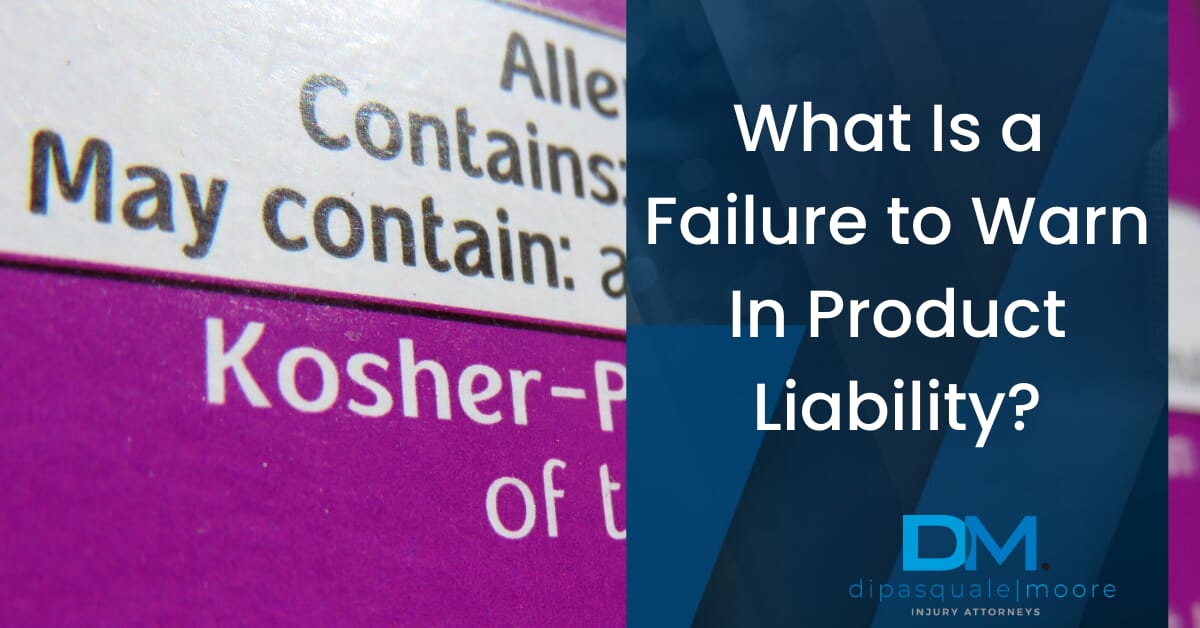A failure to warn is a type of product liability claim that arises when a manufacturer or seller fails to provide adequate warning about the dangers associated with their product. This kind of claim is rooted in the concept of consumer protection, as it holds companies responsible for providing users with fair and accurate information about the risks of using a product.
This includes informing consumers about the potential for dangerous side effects, warnings regarding proper use and storage of a product, and knowledge of any special requirements that must be met when using a product. In order to successfully bring a failure to warn claim, you must prove that the manufacturer or seller had an obligation to provide adequate warning but failed to do so, resulting in injury.
Common Failure To Warn Problems In Manufacturing
Manufacturing companies have a duty to produce products that are safe for consumers to use. This means they must warn their customers of any potential risks associated with the product’s use or design. Failure to do so can lead to serious injury, illness, and even death in some cases. Common failure-to-warn problems in manufacturing include inadequate labeling, lack of safety instructions, and insufficient warnings about hazardous materials or conditions.
When manufacturers fail to provide adequate warnings about their products, they put their customers at risk of harm and may be held legally liable for damages resulting from this negligence. It is important for all manufacturers to understand the importance of providing clear warning labels on all products sold as well as informing consumers about possible hazards associated with usage or contact with certain materials or conditions related to the product.
What’s Needed To Prove A Failure To Warn In A Product Liability Case?
In order to prove a failure to warn in a product liability case, plaintiffs must demonstrate that the manufacturer of the product was aware of the danger posed by the product and yet failed to provide adequate warning to potential users. Generally, this will require evidence that the manufacturer was or should have been aware of the defect and potential hazards associated with it.


